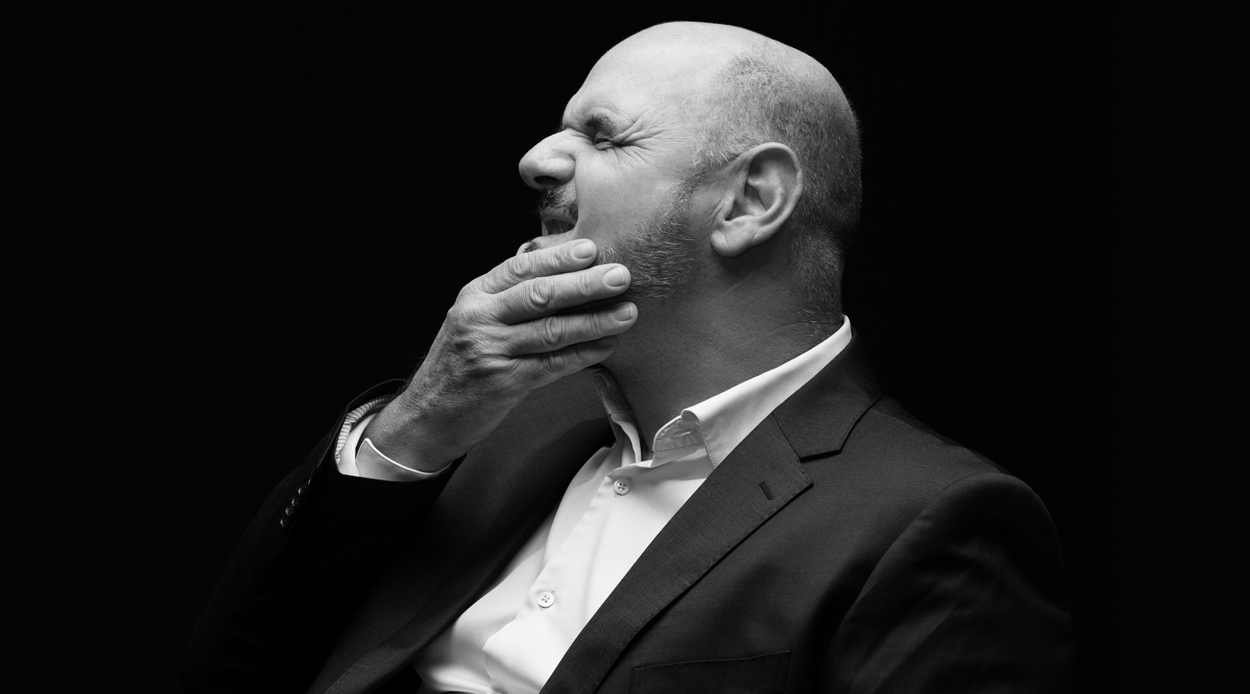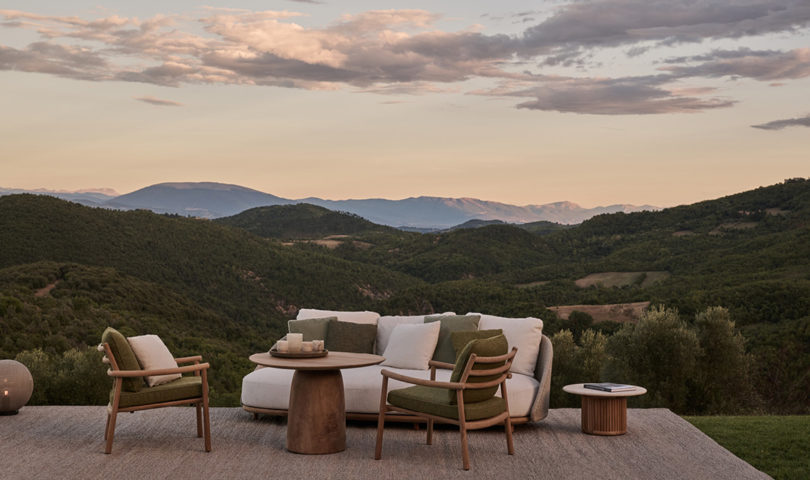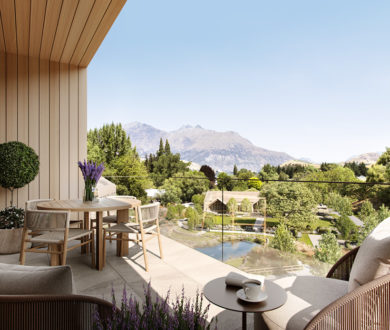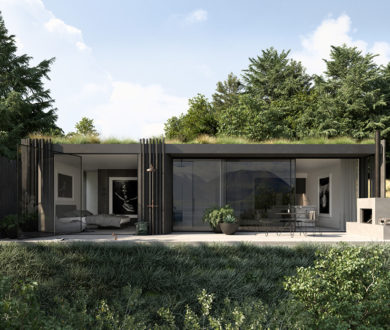For over 30 years the acclaimed founder of Auckland-based practice Patterson Architects has been designing some of the most extraordinary buildings in New Zealand, including Kinloch Lodge, The Hills Clubhouse in Queenstown and the Len Lye Centre in New Plymouth — not to mention a hefty number of breathtaking residential projects across the country and offshore.
During his career, Patterson has won the New Zealand National Award for Architecture five times, and was awarded the New Zealand Institute of Architects 2017 Gold Medal. His gift for designing dwellings that respond to our country’s landscape has been documented in a 2018 book published by Thames & Hudson.
With a passion for Māori language, history and mythology, Patterson coined the term ‘form follows whānau’ — design is about the people. Here, the inspiring architect delves into some of the key lessons that have informed his career thus far, and his approach to life outside it.
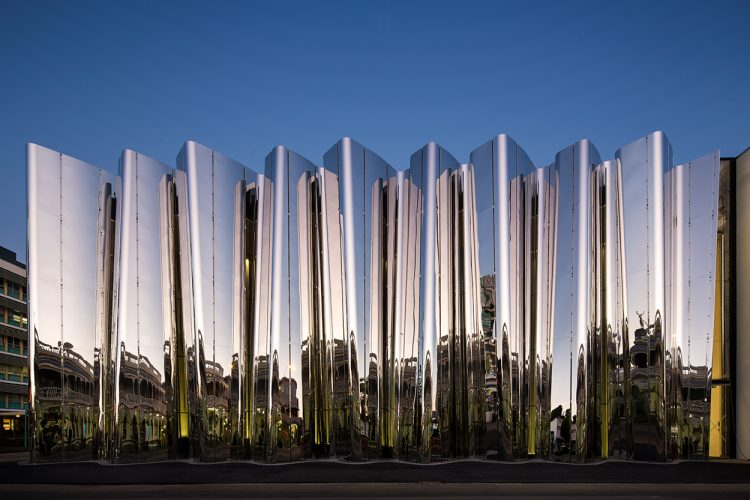
“Working in lockdown, I learned I’m a 9pm to 2am in the morning kind of person — I didn’t actually know that about myself before.
My design style can be defined as an holistic connection between environment and people.
One thing guides a lot of our work: If you can create a building that feels like it naturally belongs in its environment, its ecology or its culture, then the people who that building is for will feel a sense of belonging there too.
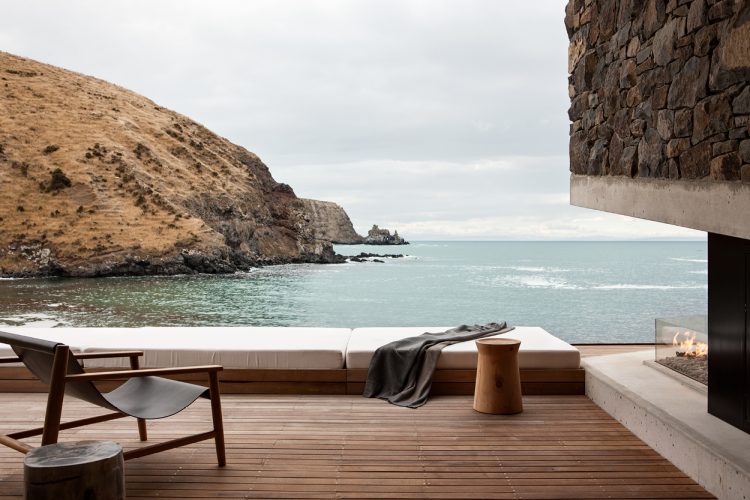
We have the ability to design our utopia here. We have an almost intact natural environment. For the first 100 years we just did copies of overseas buildings. I’d really like to be part of a change in New Zealand about our built environment — it would be a tremendous thing to leave and to have in our culture.
I’ve realised over and over again that simple is much harder to do. It’s really easy to make things complicated, especially in buildings, but to make them simple requires real effort and skill.
The three essential elements I consider when designing are light, love and longevity.
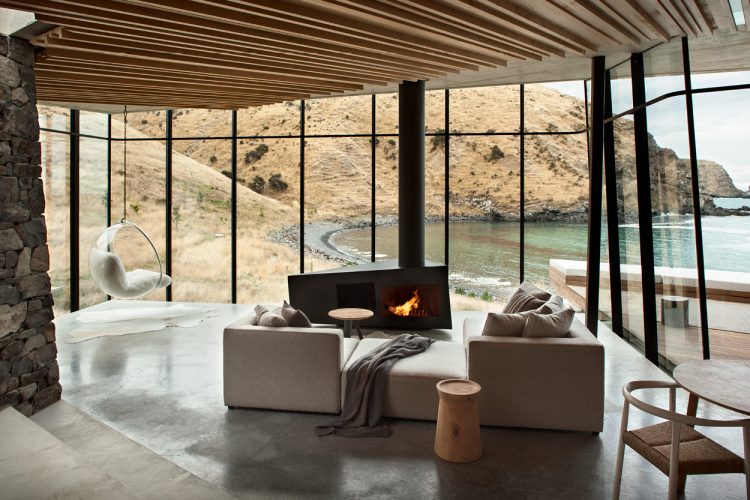
Buildings are unique in just how long they last. They outlive any fashion or social development, or political development. They outlive landscaping, they even outlive countries sometimes. It’s really useful to remind yourself of that.
I don’t think you can step into other people’s lives, and create environments and settings for those lives, unless you have a rich life of your own.
On my 50th, I wanted to see the sun rise on the Acropolis. I left a party in London to catch an Easyjet flight, got into Athens at 4am and took a taxi to the Acropolis. It’s all locked up at night, so I scaled the fence. What I didn’t realise is they have Alsatians and guards roaming, so I made it to the Roman gate, crawled around the big buttresses while the dogs barked through the gate and eventually the guards went away. I sat there on the steps of the Parthenon — the world’s most famous East-facing building — and watched the sun rise on my 50th birthday. And then promptly got arrested and spent the rest of the day in a Greek jail.
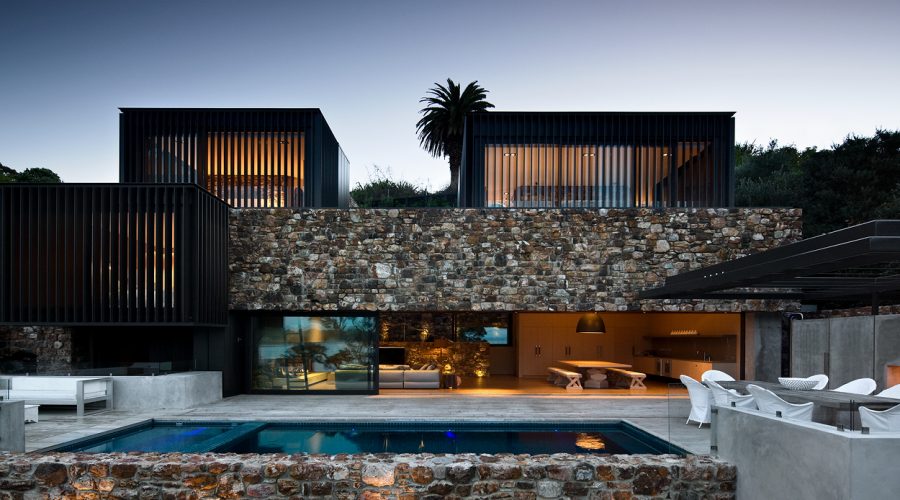
I’m a really keen skier. It’s about the only thing outside of architecture I can do well, I’ve been doing it since I was a kid. I love the mountains, and the sea too — I love boating. I have a 1978 30-foot speedboat, New Zealand-designed, called Shazan, which I really enjoy. I’ve had her for 25 years.
I got taught about the importance of planning from quite an early age. To review, and to plan. Other people call that manifesting, I guess.
I have unexpectedly found inspiration in meditating.
My Northland property near the Bay of Islands is an old pa, and I put together the archaeological site plan and worked out how the village had been laid out, how people actually lived there. I had to confront the fact that they were living a much better life than we are, with all our technology. A beautiful, wonderful life in the forest and in the land. The houses were beautifully spaced out for sunlight, in the most gorgeous places, and the views were beautifully exploited. There must have been, maybe, 500 people living on the wider version of my property, and living in total harmony with nature. It’s obvious when you piece together the human design and the architectural components. So, that’s a bit of an influence for me.
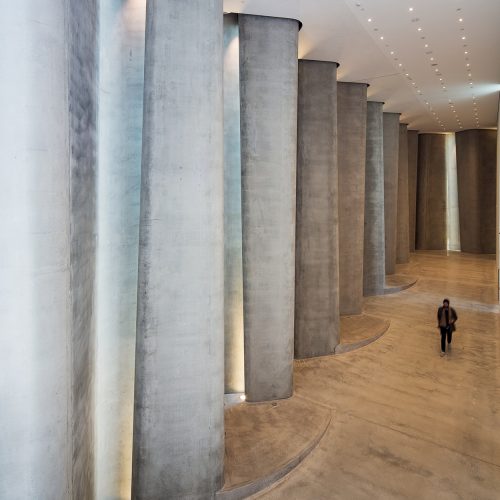
I’ve always avoided designing my own stuff from scratch. I like collaborating with a client. A lot of architects spend a lot of time designing their own house but I’ve never been able to do that.
My design icon is the white shirt.
I’m proud of living a balanced life, and having a lot of fun. Having great relationships is really important.
Awards are really nice of course, and very honouring, humbling and flattering. But the best thing that’s happened to me recently is when I was going to a meeting in the Len Lye centre a few years after we’d designed it, and there was an older lady sitting, crying in the lobby. I went over and said, “Are you okay?” She said “Oh yes, I’m okay, it’s just really beautiful.” I think of anything I’ve had, that’s probably the nicest thing anyone’s ever said to me about our work.”

